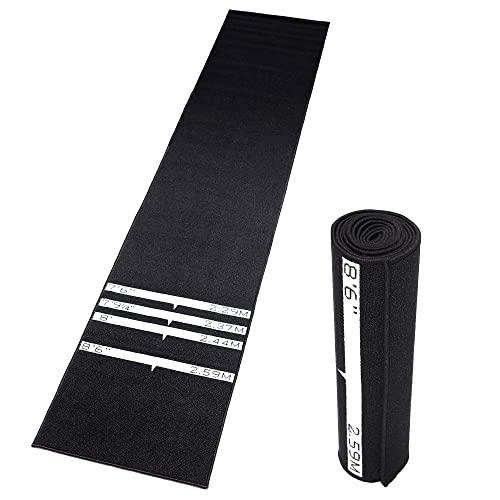What is an Activity Cube? Discover the Fun and Learning Benefits
Understanding Activity Cubes
Activity cubes are multi-sided playthings designed for toddlers and young children. They’re often made from wood or high-quality plastics and feature a variety of interactive elements that engage a child’s senses and cognitive skills. Picture a large cube with different activities on each side, including shape sorters, bead mazes, and musical elements, all waiting to spark curiosity and playful learning.
Learning through Play
As kids explore the different sides of an activity cube, they encounter various skills and concepts. For instance, while fitting shapes through the right holes, children develop fine motor skills. The bright colours and sounds stimulate their senses, enhancing brain development. It’s more than just play; it’s a valuable tool for early learning.
Key Features to Look For: Choosing the Right Activity Cube for Your Child
Age Appropriateness
When choosing an activity cube, age appropriateness is crucial. For younger toddlers, opt for simpler designs with fewer components that are easy to grasp. As children grow, they can handle more complex cubes that promote advanced play and learning, such as those with multiple activities requiring more coordination and problem-solving.
Materials and Safety
Look for cubes made from durable, non-toxic materials. Wood is preferred for its sturdiness and natural feel, but ensure it is sanded smooth to avoid splinters. Check for any small parts that could pose choking hazards, particularly for very young children. Safety certifications are a good indicator of a well-made product.
Variety of Activities
Choose an activity cube with a range of activities to keep your child engaged. Cubes featuring shape sorters, sliding elements, and interactive sound buttons cater to diverse interests and developmental stages. A mix of tactile and auditory activities can provide varied sensory experiences, which are essential for brain growth.
Top Activity Cubes Reviewed: Our Expert Picks for Different Age Groups
For Toddlers Aged 1-2
We recommend selecting a basic activity cube offering large, easy-to-move pieces, with no small components. A simple bead maze with brightly coloured beads that glide along tracks is an ideal choice. It captures a toddler’s attention and promotes hand-eye coordination.
For Ages 2-3
As children reach the age of 2, they begin to explore more complex interactions. Look for a cube with shape sorting features combined with a small musical component. This promotes not only motor skills but also auditory recognition and rhythm as they press buttons to create sounds.
For Ages 3-4
For older toddlers, opt for an activity cube with multiple layers of interaction. Choose one that includes puzzles, gears that turn, and various stacking elements. These features encourage critical thinking and problem-solving skills while still being fun and entertaining.
How to Incorporate an Activity Cube into Playtime for Maximum Engagement
Setting Up Play Areas
Incorporate an activity cube into a safe and dedicated play area. This can be a corner of the living room or a playroom filled with soft toys and mats. By having a designated space, children can feel secure to explore and interact with the cube as they please.
Guided Interaction
While independent play is essential, guided interaction can amplify the learning experience. Sit with your child and explore the cube together, showing them how to manipulate the various parts. Ask open-ended questions and encourage them to describe what they are doing, reinforcing language skills and engagement.
Care and Maintenance Tips for Your Activity Cube: Ensuring Longevity and Safety
Routine Cleaning
To keep your activity cube in tip-top shape, establish a cleaning routine. Wipe down surfaces with a damp cloth regularly to remove dirt and germs. For wooden cubes, you can use a mild soap solution, ensuring all surface areas are clean but not soaked, which could damage the wood over time.
Checking for Wear and Tear
Regularly inspect the cube for any signs of wear and tear. Look for loose parts, sharp edges, or any chipping in the paint. This not only keeps the toy looking good but ensures it remains safe for your child to use.




















